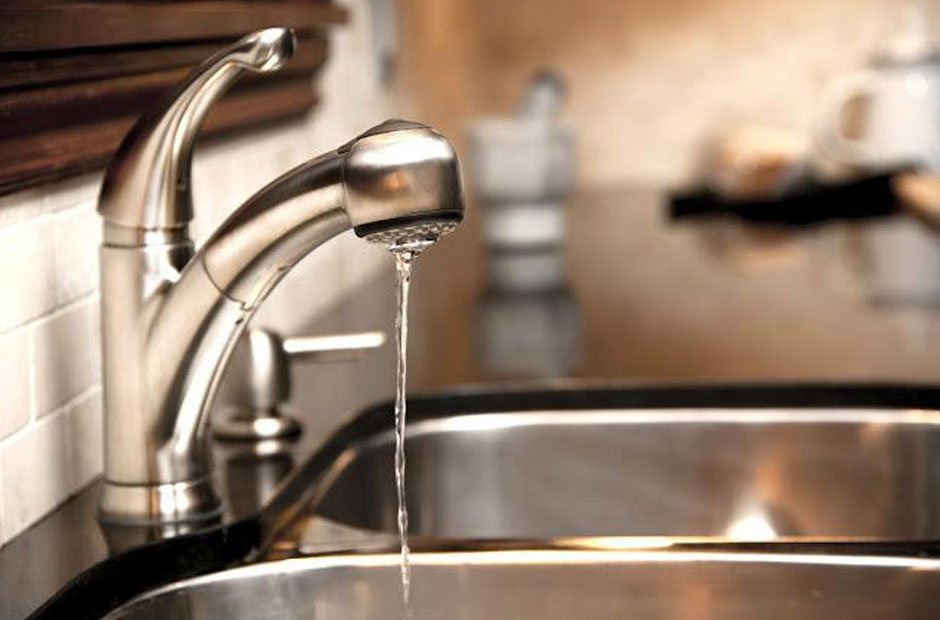Low water pressure in pipes is a common issue homeowners face and can be frustrating and inconvenient. It can affect the functionality of showers, faucets, and other fixtures, making daily tasks more challenging. Understanding the causes of low water pressure and how to address them is essential for maintaining an efficient and comfortable home plumbing system. We will explore the common reasons for low water pressure and provide practical solutions to resolve these issues, ensuring a steady and reliable water supply.
Common Causes of Low Water Pressure
Clogged Pipes
One of the most common causes of low water pressure is clogged pipes. Over time, mineral deposits, rust, and debris can accumulate inside the pipes, restricting water flow. This buildup reduces the pipe’s internal diameter, making it harder for water to pass through. Homes with hard water are particularly prone to this problem, as mineral deposits form more readily. To address clogged pipes, homeowners may need to have their plumbing inspected and cleaned by a professional plumber from Berger Nelson Construction. In some cases, replacing old pipes with new ones can resolve the issue and restore normal water pressure.
Leaking Pipes
Leaking pipes can also lead to low water pressure. Less water reaches the intended fixtures when water escapes through leaks, resulting in reduced pressure. Leaks can occur due to corrosion, damaged joints, or physical damage to the pipes. Detecting leaks can be challenging, especially if hidden behind walls or underground. Homeowners should regularly inspect visible pipes for signs of leaks, such as damp spots, mold, or a drop in water pressure. Fixing leaks promptly by tightening connections or replacing damaged sections can help restore proper water pressure.
Faulty Fixtures
Sometimes, the cause of low water pressure is localized to specific fixtures rather than the entire plumbing system. Faucets, showerheads, and other fixtures can become clogged with mineral deposits or debris, reducing water flow. This is especially common in areas with hard water. Cleaning or replacing the affected fixtures can often resolve the problem. Removing and soaking aerators and showerheads in vinegar can dissolve mineral buildup, improving water flow and pressure. If cleaning does not work, replacing the fixture may be necessary.
Pressure Regulator Issues
A pressure regulator, also known as a pressure-reducing valve (PRV), controls the water pressure entering a home from the main supply. If the pressure regulator malfunctions or is incorrectly set, it can cause low water pressure throughout the house. To check if the pressure regulator is the issue, homeowners can use a pressure gauge to measure the water pressure at an outdoor spigot. The pressure regulator may need adjustment or replacement if the pressure is significantly lower than the standard 40-60 psi. It is advisable to have a professional plumber handle this task to ensure accurate settings and proper function.
Municipal Water Supply Problems
Low water pressure can sometimes be attributed to issues with the municipal water supply. Maintenance work, water main breaks, or high demand during peak usage times can reduce home water pressure. If neighbors are experiencing similar issues, it is likely a problem with the municipal supply. In such cases, homeowners should contact their local water utility to report the problem and get updates on resolution timelines. Unfortunately, there is little homeowners can do to address this issue directly, but staying informed and prepared for temporary disruptions is essential.
How to Address Low Water Pressure
Regular Maintenance
Regular plumbing system maintenance is crucial for preventing and addressing low water pressure. Homeowners should schedule annual inspections with a professional plumber to identify and resolve potential issues before they escalate. Regularly cleaning fixtures, checking for leaks, and inspecting visible pipes can help maintain optimal water pressure. Additionally, installing water softeners can prevent mineral buildup in homes with hard water, reducing the likelihood of clogged pipes and fixtures.
Upgrading Plumbing System
In older homes, outdated plumbing systems can contribute to low water pressure. Replacing old galvanized steel pipes with modern materials like copper or PEX can improve water flow and pressure. Upgrading fixtures to more efficient models can also help. When renovating or making significant changes to the plumbing system, consulting a professional plumber ensures that upgrades are performed correctly and meet current standards. Investing in modern, efficient plumbing components can provide long-term benefits, including improved water pressure and system reliability.
Installing a Booster Pump
Installing a booster pump can be an effective solution for homes with consistently low water pressure due to location or municipal supply issues. A booster pump increases water pressure by using an electric pump to enhance the flow rate from the main supply line. This can be particularly beneficial for multi-story homes or properties at the end of a water supply line. A professional plumber can assess the need for a booster pump and ensure proper installation to avoid damage to the plumbing system.
Low water pressure in pipes is a common issue that can arise from various causes, including clogged pipes, leaks, faulty fixtures, pressure regulator issues, and municipal supply problems. Addressing these issues requires regular maintenance, timely repairs, and sometimes upgrading the plumbing system or installing a booster pump. By understanding the common causes and solutions for low water pressure, homeowners can take proactive steps to maintain an efficient and reliable plumbing system, ensuring a comfortable and functional living environment. Regular inspections and professional assistance are key to resolving and preventing low water pressure issues from reoccurring.










